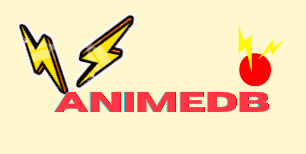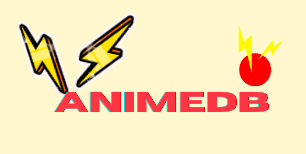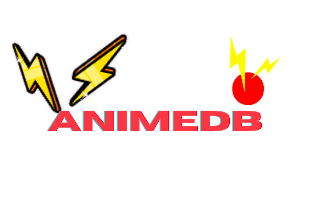Anime, as a dynamic and versatile medium, weaves intricate narratives that often traverse the realms of reality and imagination. Historical accuracy in anime becomes a fascinating lens through which creators explore diverse eras, events, and cultures. This exploration, however, is not a straightforward adherence to facts; rather, it’s a delicate dance between factual representation and creative reinterpretation. Join us on an extended journey as we delve deeper into the nuances of anime’s engagement with historical accuracy and the ways it shapes our perception of the past.
1. Crafting Authentic Settings: A Visual Journey Through Time
Fact:
Numerous anime meticulously recreate historical settings, transporting viewers to bygone eras with meticulous attention to detail. The visual representation of architecture, clothing, and societal norms becomes a portal to the past.
Examples:
- “Joker Game” (World War II): Set against the backdrop of World War II, “Joker Game” captures the espionage and political intrigue of the era, showcasing accurate depictions of military uniforms and technology.
- “Showa Genroku Rakugo Shinju” (Showa Era): This anime immerses audiences in the Showa era of Japan, depicting the cultural shifts and societal changes that occurred during this period.
2. Historical Figures and Fictional Encounters: A Tangled Web of Narratives
Fact:
Some anime intertwine historical figures and events into their plots, offering a blend of fact and fiction. This approach creates a captivating narrative tapestry where real-world events serve as a backdrop for fictional characters and their journeys.
Examples:
- “The Rose of Versailles” (French Revolution): This classic anime interweaves fictional characters with historical figures like Marie Antoinette, exploring the complexities of the French Revolution.
- “Bakumatsu” (Bakumatsu Period): Featuring historical figures from the Bakumatsu period in Japan, this series delves into political intrigue and societal upheaval.
3. Imagining Alternate Histories: Questioning the Course of Time
Fiction:
Anime often takes creative liberties by presenting alternate histories, posing intriguing “what if” scenarios that challenge established narratives. These narratives reimagine historical events, introducing fantastical elements into the equation.
Examples:
- “Code Geass” (Alternate Timeline): In this alternate history, the Holy Britannian Empire dominates Japan, introducing mechs and supernatural powers into a world reminiscent of early 20th-century geopolitics.
- “Kabaneri of the Iron Fortress” (Industrial Revolution): Set in a steampunk-infused alternate history, this anime explores a world grappling with zombie-like creatures during an industrial revolution.
4. Cultural Representation: Blending Authenticity with Artistic Expression
Fact and Fiction:
Anime serves as a cultural ambassador, representing and interpreting historical and cultural elements. Some series prioritize authenticity, while others infuse creative interpretations to enhance storytelling.
Examples:
- “Hyouge Mono” (Sengoku Period): This anime delves into the Sengoku period, focusing on the life of a tea master. The meticulous attention to historical details provides a window into the aesthetics and philosophy of the time.
- “Drifters” (Various Periods): Featuring characters from different historical periods, “Drifters” combines historical elements with fantasy, exploring the clash of civilizations and ideologies.
5. Educational Elements: Shaping Perspectives and Inspiring Inquiry
Fact and Fiction:
Anime’s engagement with history offers educational opportunities, introducing viewers to significant events, figures, and cultures. However, audiences are encouraged to approach these portrayals with a discerning and curious mindset.
Examples:
- “Grave of the Fireflies” (World War II): This poignant anime film provides a glimpse into the harsh realities faced by civilians in Japan during World War II, fostering reflection on the human cost of conflict.
- “Kingdom” (Warring States Period): While blending historical events with fictional characters, “Kingdom” sparks interest in China’s Warring States Period, encouraging viewers to explore the historical context.
In Conclusion: Navigating the Complexity of Time
Anime’s relationship with historical accuracy is a multifaceted exploration, a journey that invites audiences to traverse the corridors of time with both reverence and creativity. It is an artful tapestry where the warp of historical facts intertwines with the weft of imaginative storytelling, creating a vibrant and engaging narrative fabric. As viewers, we embark on a voyage where each frame and dialogue become threads that contribute to our understanding of the past.
In navigating this complex interplay between fact and fiction, viewers are encouraged to embrace a thoughtful and inquisitive approach. Anime becomes not just a form of entertainment but a gateway to historical inquiry, prompting us to explore, question, and appreciate the diverse facets of human history. As the anime medium continues to evolve, so too does its relationship with the annals of time, shaping and reshaping our perceptions of the world that once was.












What do you think?
Show comments / Leave a comment